Characteristics and description of the tomato variety White filling, yield and cultivation
Tomato White Naliv is a variety bred by Kazakhstani breeders by crossing several hybrid plants. Its main difference is resistance to high and low temperatures, so it can be grown in different climatic zones. That is why it is very popular among summer residents for growing tomatoes in a greenhouse or outdoors.
Main characteristics
Summer residents who regularly plant the White Naliv tomato variety note a huge number of its positive features. Basically, they give the following characteristics and description of the tomato variety:

- determinancy: a plant, when grown in greenhouse structures, can reach a height of 70 centimeters, and in open soil conditions - 0.5 meters;
- early maturity: fruitful riches are harvested 90 days after transplanting seedlings;
- as it ripens, the fruit gradually changes its color from pale green to red. Interestingly, the green color gradually fades, becoming like an apple shade. White Pouring, and then the fruit turns red;
- the plant has a dense, persistent medium-leaved stem;
- the plant has a powerful root system that grows in different directions by half a meter;
- tomatoes have a round shape flattened on both sides, their average weight is 100 grams;
- the first inflorescence is formed after 6 leaves, and subsequent ones with a frequency of a couple of leaves;
- usually the plant forms 6 brushes;
- leaves are medium in size, light green tint, wrinkled structure;
- the peduncle has an articulation;
- the bush is resistant to late blight: it is worth considering that, in general, the plant is predisposed to this disease, however, due to early maturity, it does not have time to become infected.

Advantages and disadvantages
Many summer residents, on the basis of their experience in growing tomato varieties White Naliv 241, have identified its advantages and disadvantages. The advantages of the variety include:
- early maturity;
- excellent taste of ripe fruits;
- fleshy juicy pulp of the fruit;
- unpretentiousness to the weather;
- in the process of heat treatment, the tomato does not lose more of its useful properties;
- the ability of the harvested crop to be stored for a long time;
- fruits ripen almost simultaneously;
- resistance to cracking.

Reviews of summer residents also mention a number of disadvantages:
- average yield level: 3-8 kilograms of fruits are harvested from 1 square meter, depending on weather conditions and care;
- average resistance to common pathologies;
- exactingness to care.
It is worth considering that the description of tomatoes White Naliv warns of the poor transportability of tomatoes.

Growing features
In order to get a rich harvest, it is necessary to properly cultivate the White Naliv tomatoes. This is required according to the following instructions:
- Seeds are disinfected in a weak solution of potassium permanganate. Disinfection is carried out for 2 hours. Then the planting material is washed, placed in a growth stimulator.
- In late March or early April, tomato seeds are planted in warm soil, poured into a wide container. It is worth considering that the soil should be characterized by a low acidity level, high oxygen enrichment. The soil is steamed and disinfected before use.
- You need to plant seeds to a depth of a couple of centimeters at a distance of at least 20 millimeters from each other.
- The material sown for seedlings is watered and covered with plastic wrap. The container should be placed in a room where the temperature is at least 23 degrees.
- When shoots appear, the film is removed. Further, the seedlings should be watered only if necessary, without getting moisture on the leaf area.
- After the formation of 2 leaves, the seedlings are dived into paper or peat cups. Such material allows you to plant a plant directly in them, as it quickly decomposes, without presenting any harm to the environment.
- During the growth of seedlings, it should be fed with mineral fertilizers.
- Before planting the White filling tomatoes, the seedlings must be hardened. Therefore, 2 weeks before the planned disembarkation, it is required to open the vents or take the pot out to the balcony for a couple of hours.
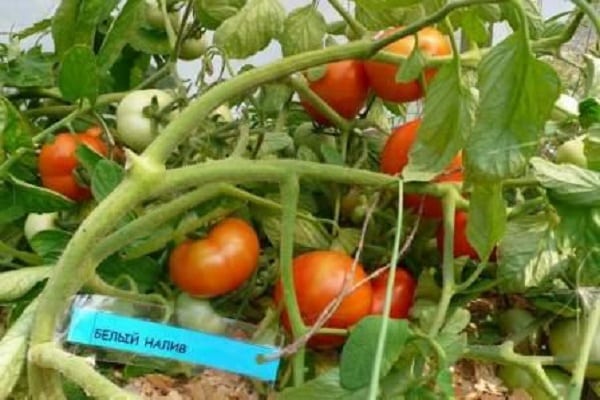
When to plant seedlings in the ground?
It is necessary to transplant the grown seedlings into the greenhouse 50-60 days after sowing the seeds, and into open ground - after 65 days. If there is frost, the transplant must be postponed. The material ready for transplanting should be more than 20 centimeters high and have 5-6 formed leaves.

Transplanting
In order to get the maximum yield of the bushes, you must follow several important tips for planting seedlings.
- For planting, it is required to prepare recesses so that there is a distance of 50 centimeters between the planted plants.
- Before planting, phosphorus fertilizer is poured into the recesses.
- Seedlings are planted directly in the cups. Otherwise, you can easily damage the rhizome of the bush.
If all the listed tips are followed, the planted plant will not only give a high yield, but also acquire strong immunity in relation to temperature extremes and diseases.
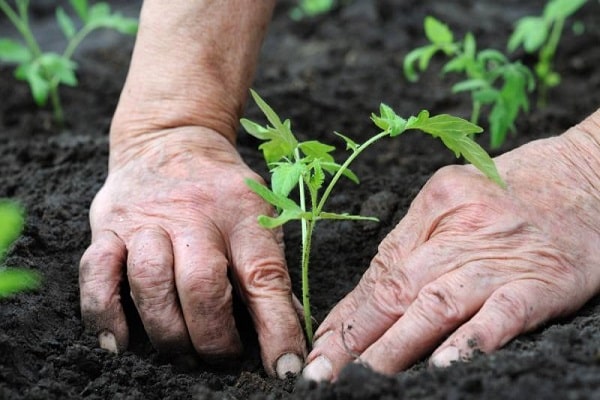
Care rules
The main difficulty in caring for a plant is that it requires planting only in disinfected soil. The bush is rather unpretentious to other conditions. However, to increase yields, the following care is recommended:
- water the plant only at the root, without falling on the foliage;
- if necessary, loosen the soil and weed it;
- sometimes apply mineral fertilizers - once every 1.5 weeks.
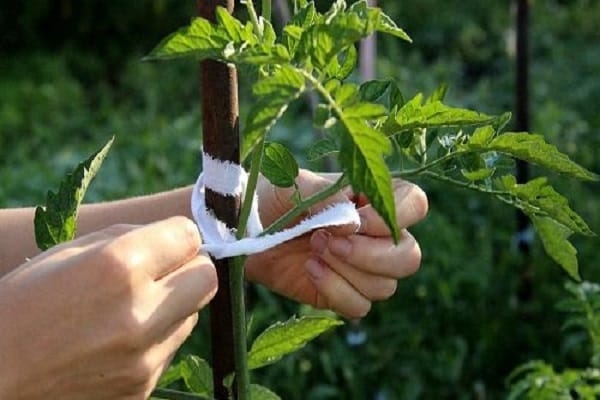
Tomato White filling can grow and actively bear fruit without pinching and tying brushes to supporting structures.
If you follow all the above recommendations for sowing, diving, planting and caring for the plant, you can get a rich tomato crop. If the season is warm and the bushes bear fruit abundantly, some of the tomatoes can be harvested at the stage of milk ripeness, this will allow you to feast on vegetables grown in your own garden in winter.
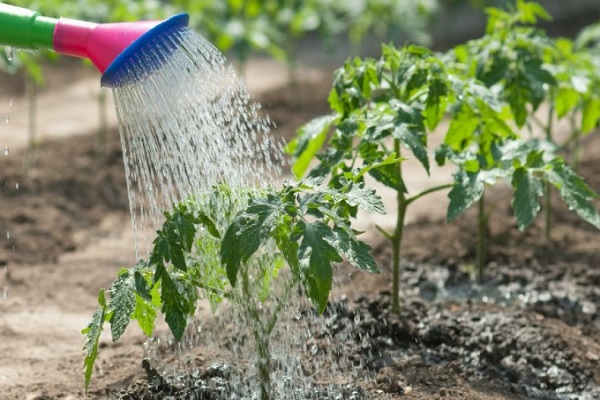
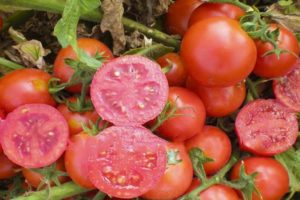


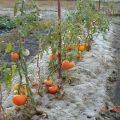
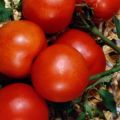


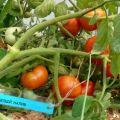
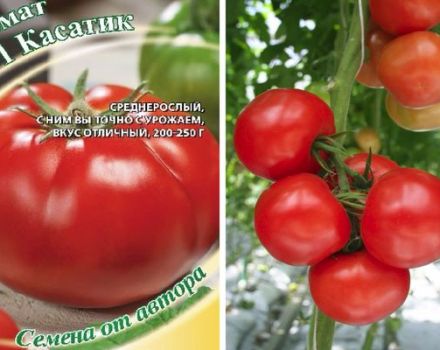
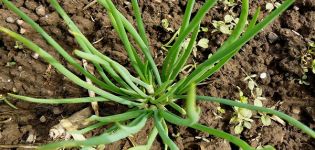
Although, in principle, this variety is not very picky about weather conditions, but the best harvests are obtained when it is a warm summer. Whether in the ground or in a greenhouse. In the ground, I still feed the product BioGrow, then the yield is almost the same as in the greenhouse.